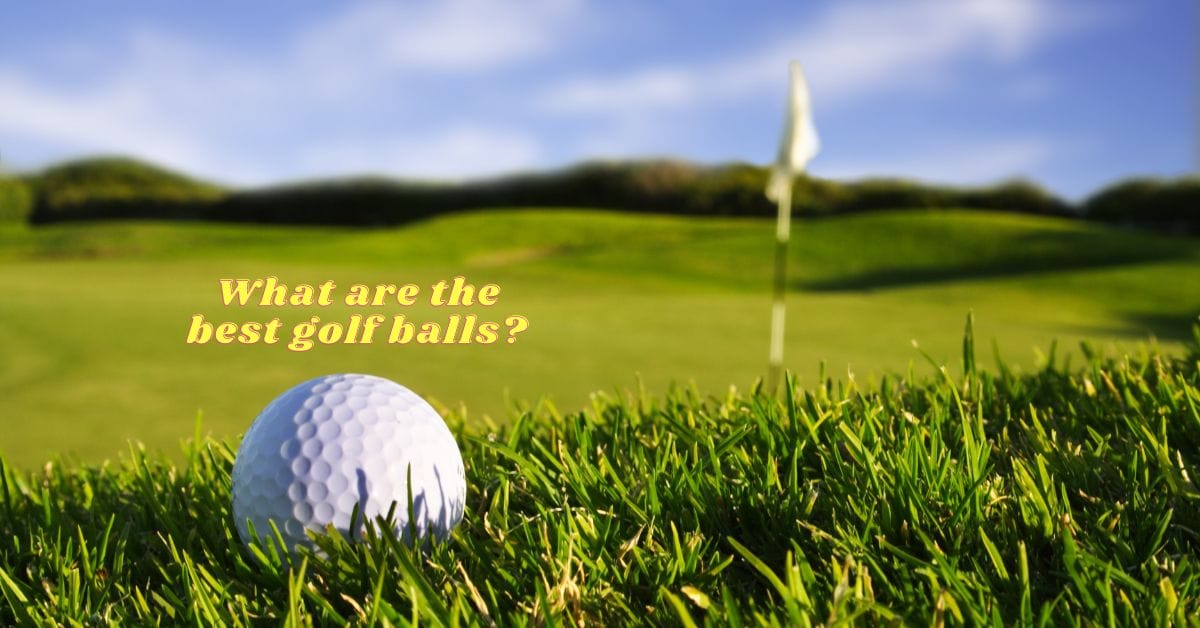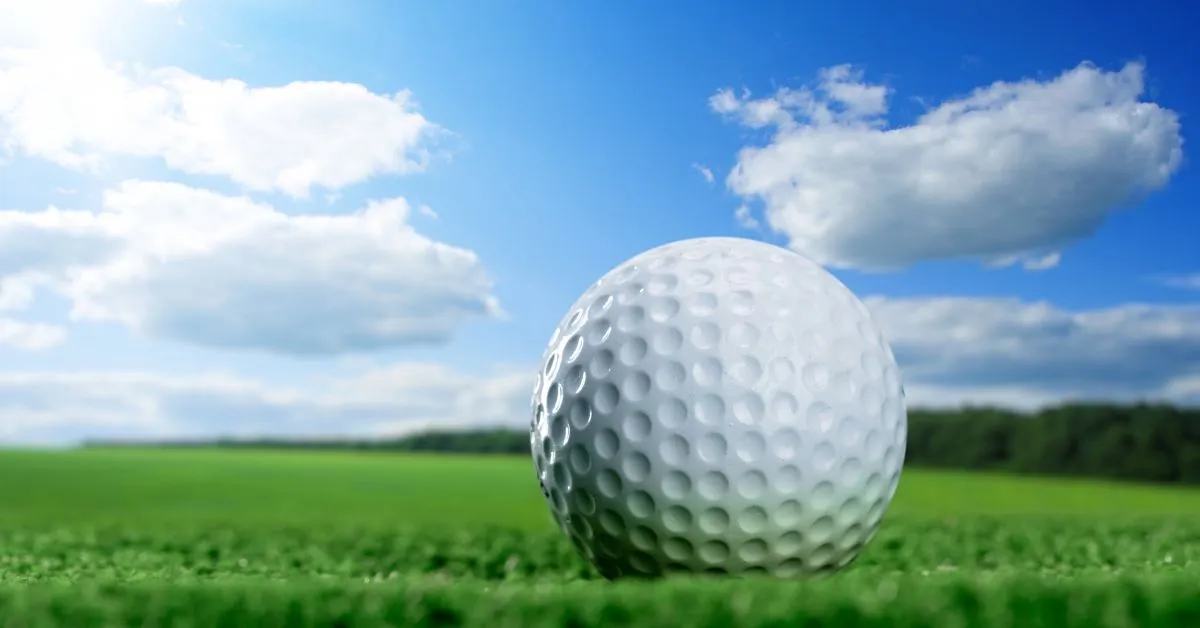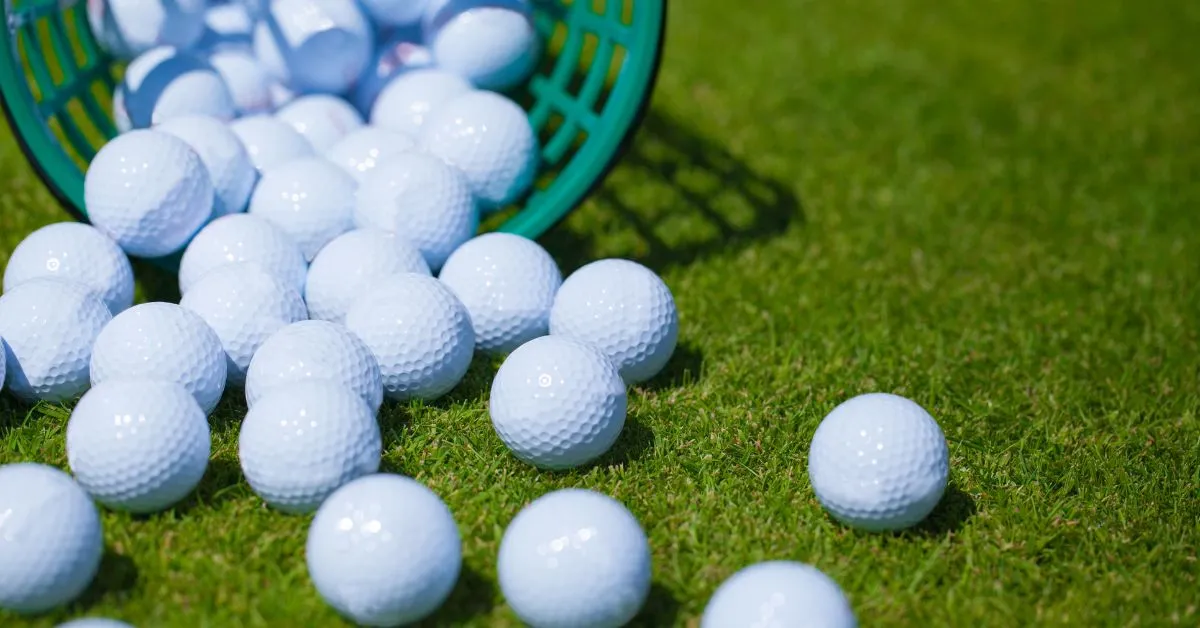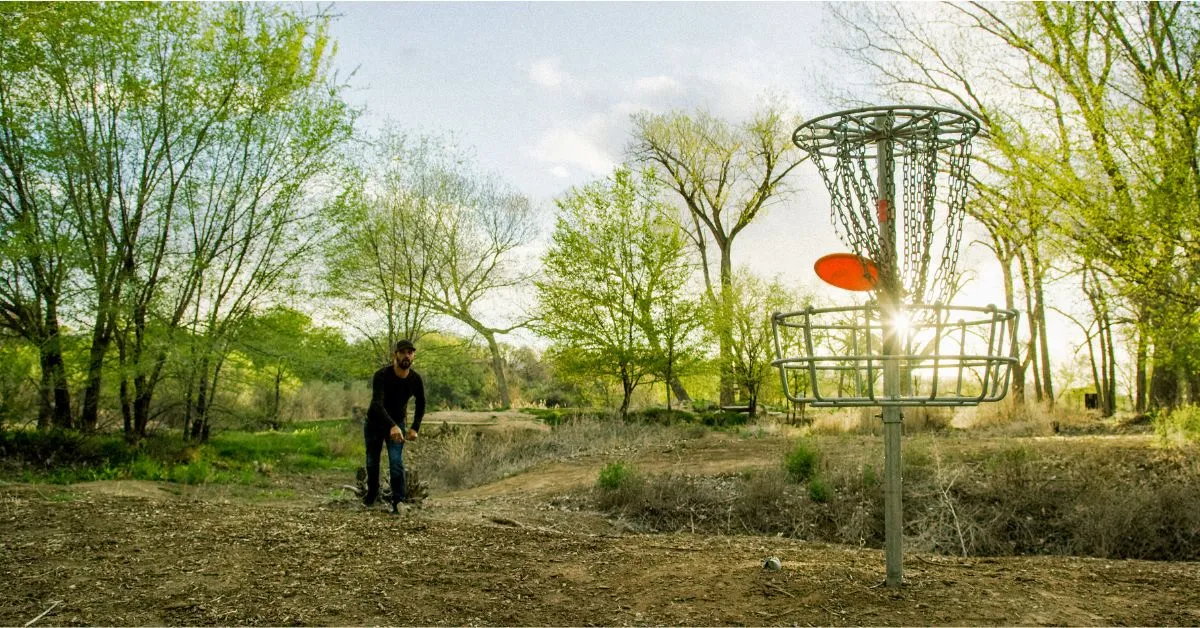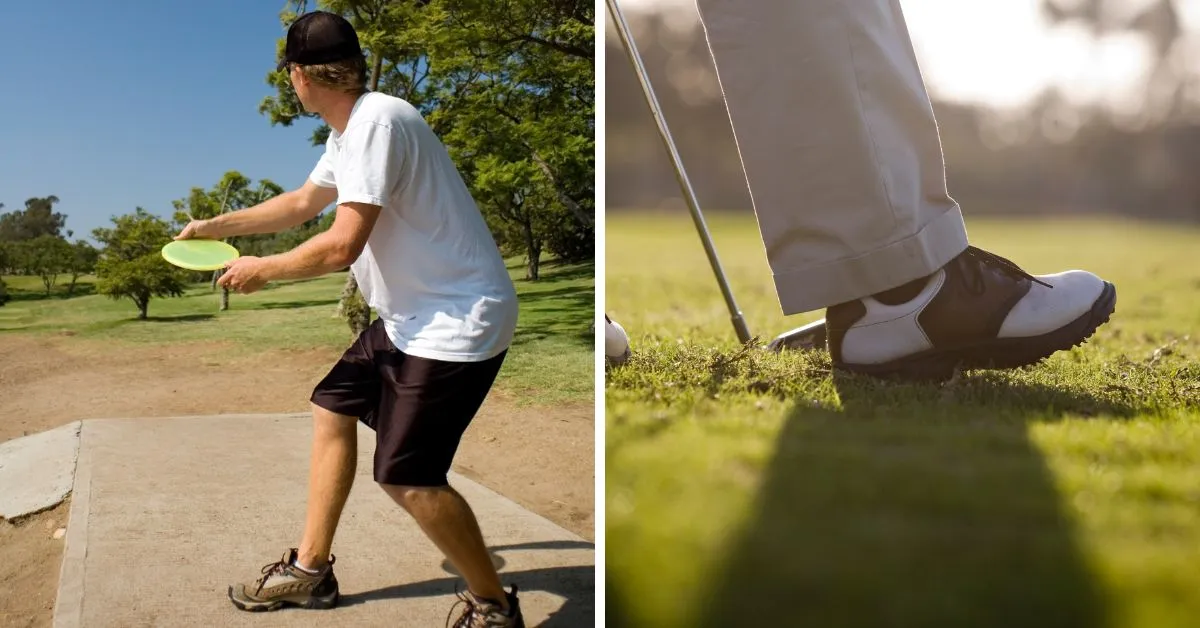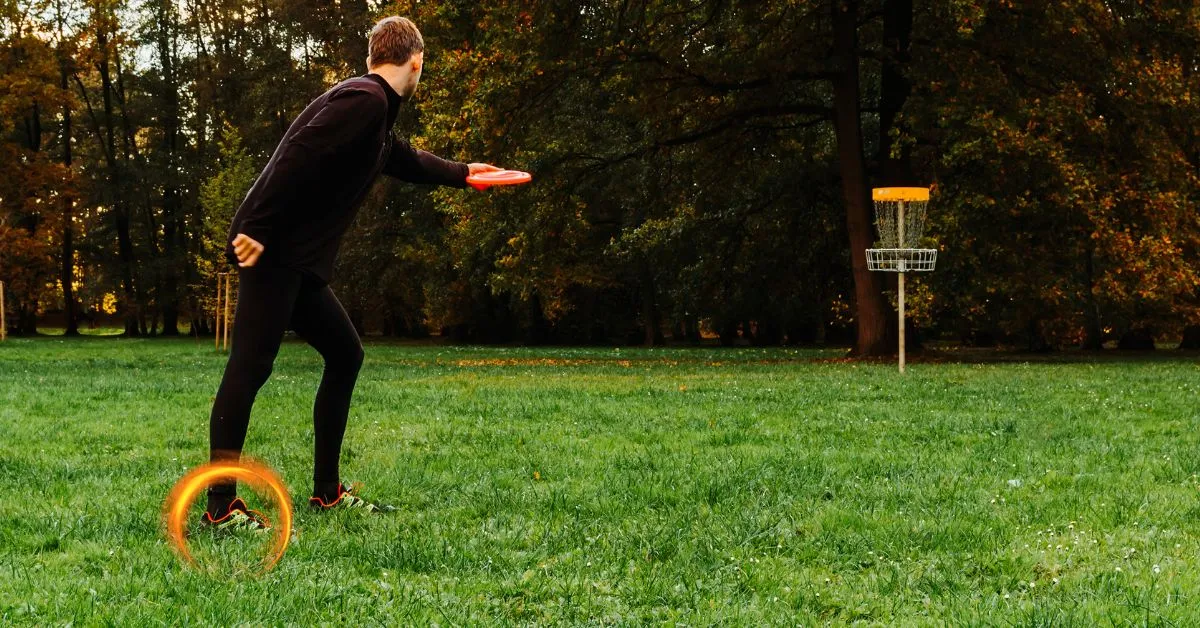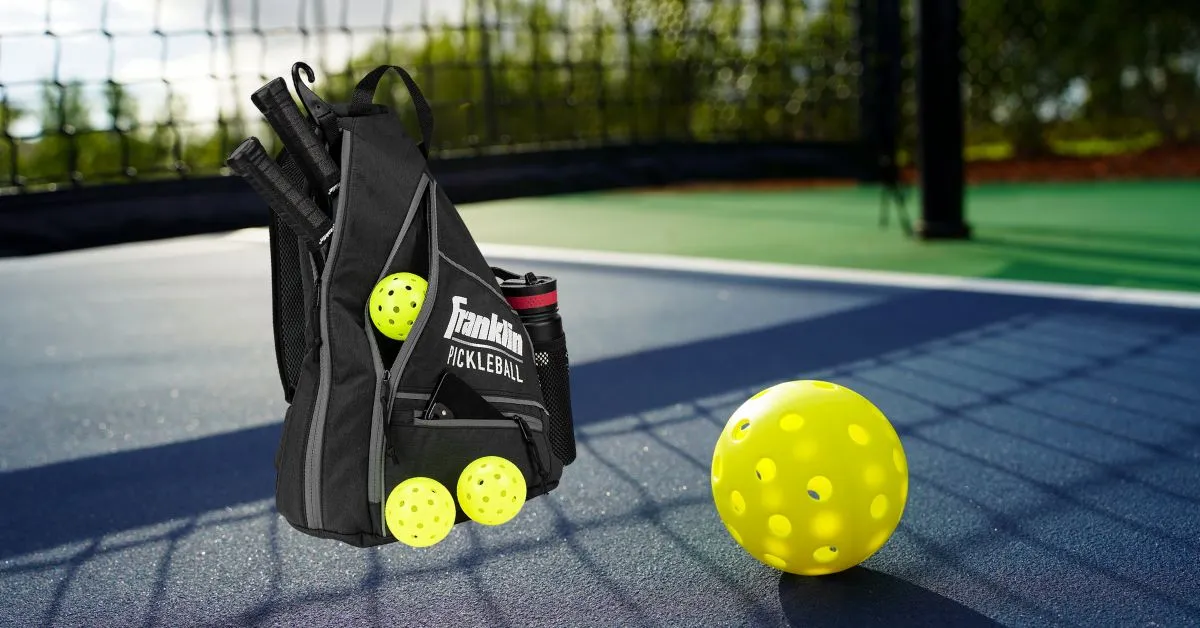Table of Contents
Key Takeaways:
- Understanding the characteristics that define the best golf balls for different player profiles.
- Insights into how construction and materials impact golf ball performance.
- Recommendations for top golf ball models based on playing style and skill level.
Golf is a game of precision and skill, where every piece of equipment can make a significant difference in performance. Among these, the golf ball is a pivotal factor that can influence the outcome of every shot. But with a myriad of options available, what is considered the best golf ball? This comprehensive article will delve into the various aspects that define the perfect golf ball for different types of players, from the casual weekend golfer to the seasoned pro.
With detailed and rigorous research, we provide our readers with the finest recommendations. Our recommendations are our opinions. Our cause is backed by reader support- for every click made through one of our affiliates links, a commission may be earned at no extra expense to you! As an Amazon Associate, Reviewsopedia may earn a commission from qualifying purchases. Thank you and enjoy!
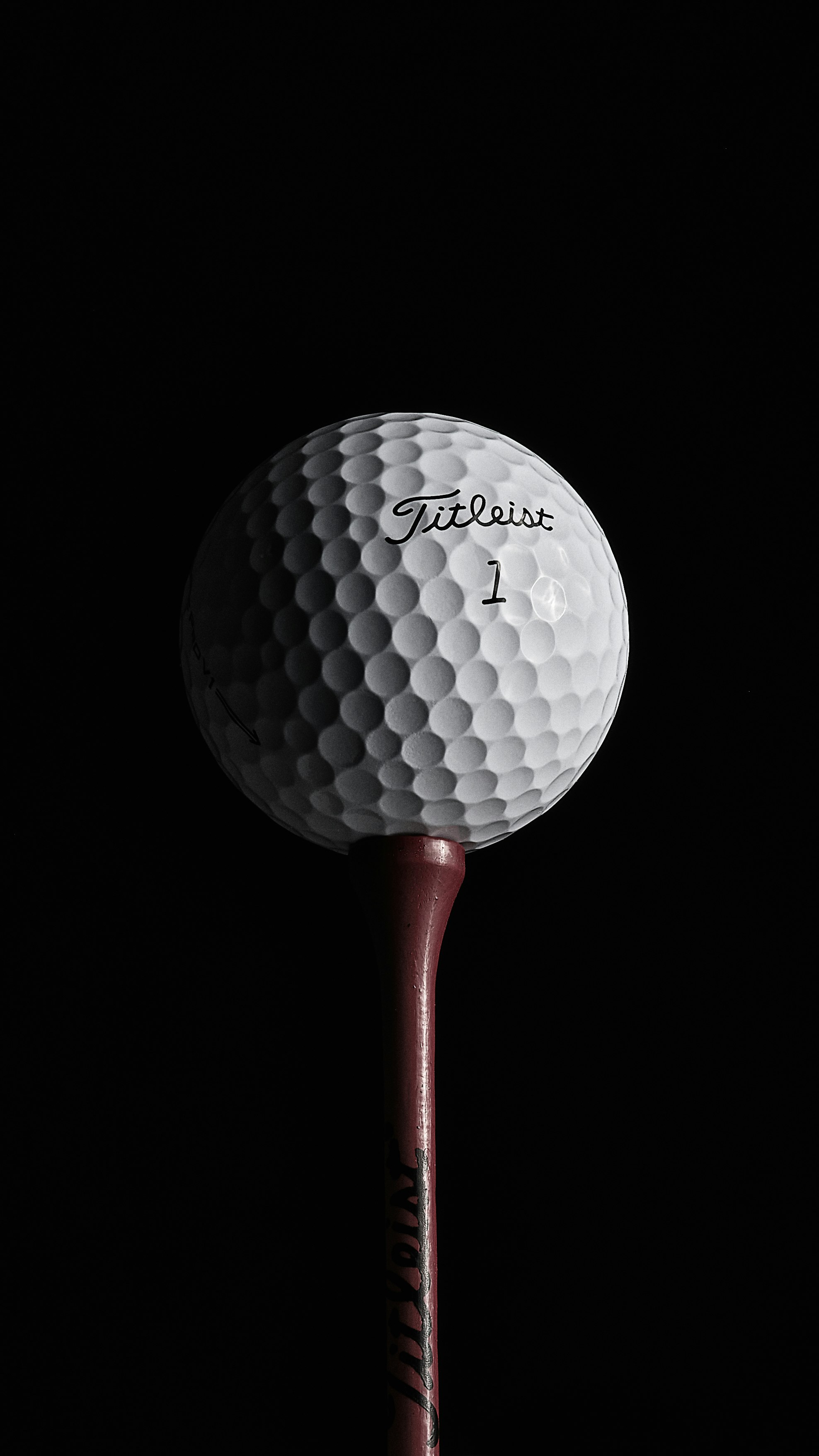
The Quest for the Perfect Golf Ball
The search for the perfect golf ball is as old as the game itself. Golfers have long sought a ball that provides the optimal balance of distance, control, and feel. Today's market offers a vast selection of golf balls, each claiming to enhance a particular aspect of the game. Whether it's distance golf balls designed to maximize distance off the tee or soft golf ball options that offer a softer feeling around the greens, the quest continues.
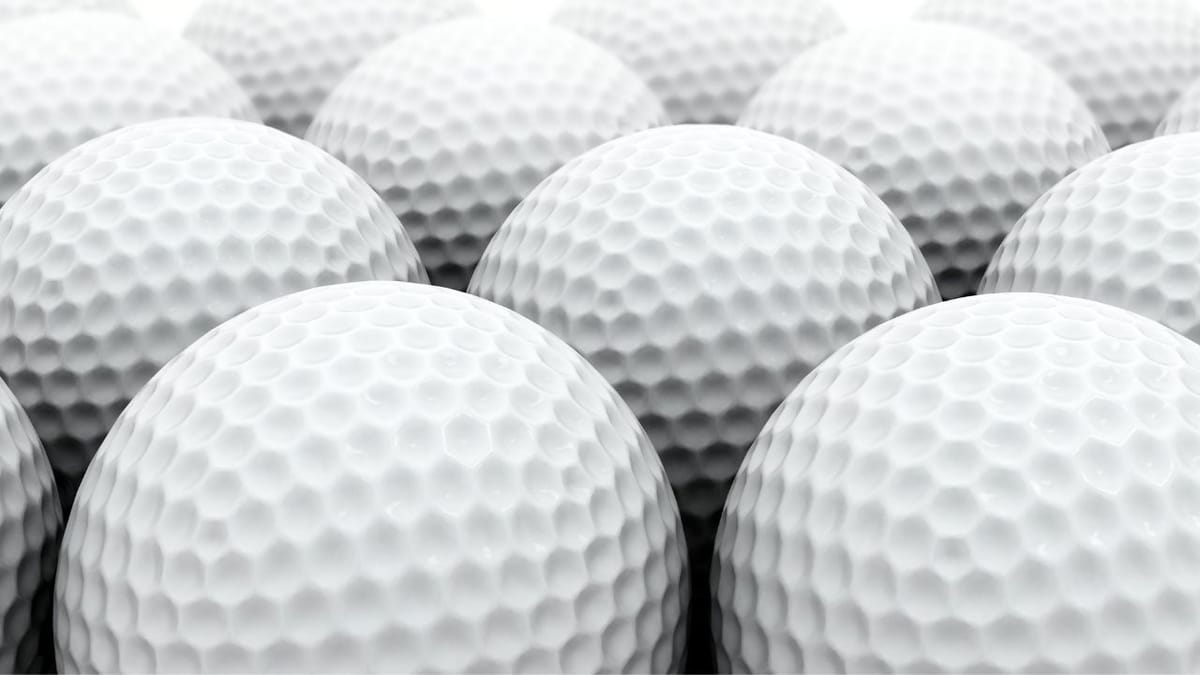
Construction: The Core of Golf Ball Performance
At the heart of every golf ball is its construction. The design, from the core to the cover, dictates how the ball speed, spin control, and overall feel will behave during play. For instance, two-piece golf ball designs are typically geared towards durability and distance, making them a popular choice for average golfers. On the other hand, premium golf balls with multi-layer construction offer advanced players enhanced spin and feel, crucial for precision shots.
Distance Golf Balls: Maximizing Your Drive
For many golfers, achieving solid distance off the tee is a top priority. Distance golf balls are engineered to provide a high ball flight and maximize distance, often featuring a harder cover and a larger core. Models like the Titleist Velocity are designed for explosive distance and a high launch, catering to those who prioritize driver distance.
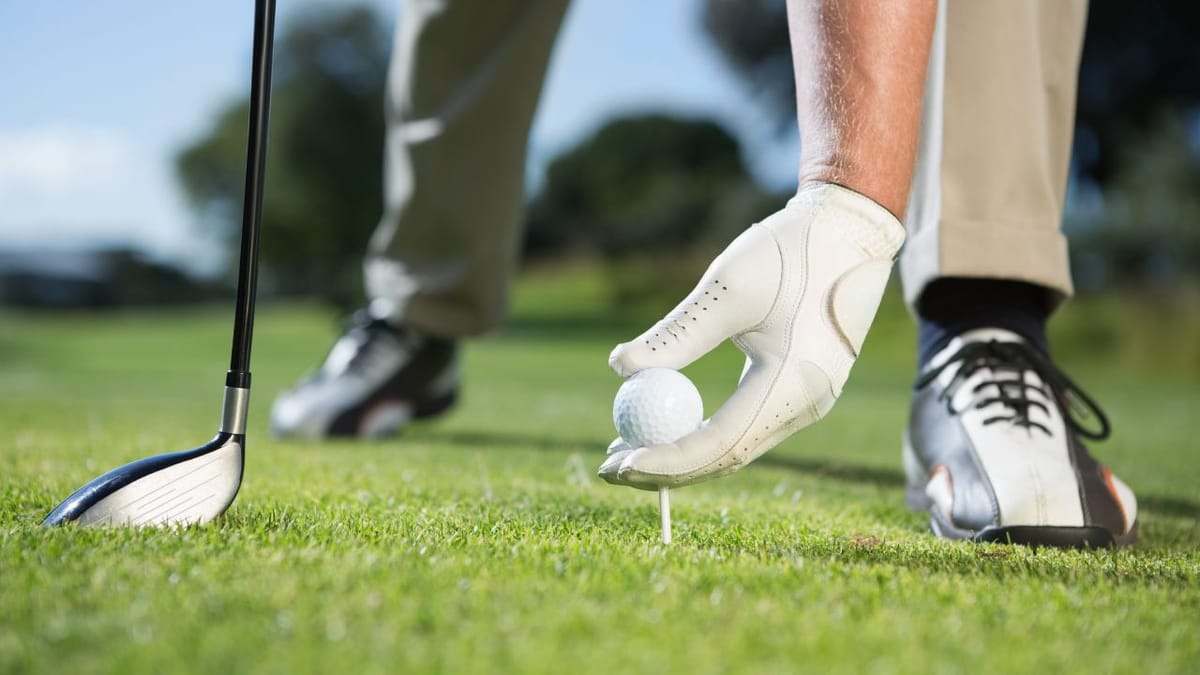
Soft Golf Balls: The Pursuit of Feel
Conversely, some players prefer a soft golf ball that offers a softer feeling ball and improved control around the greens. Soft feeling golf balls like the Callaway Chrome Soft provide a delicate touch and enhanced greenside spin, allowing for more precise short game play. These balls are often preferred by players with slower swing speeds who benefit from the low compression golf balls.
Spin Control: Mastering the Short Game
Spin is a critical factor when it comes to short game execution. Golf balls with higher spin rates, such as the TaylorMade Tour Response Stripe, offer better spin control and greenside spin, enabling golfers to stop the ball quickly on the green. This level of control is essential for shots around the greens, where precision can make the difference between a good round and a great one.
The Right Golf Ball for Your Swing Speed
Swing speed is a determining factor when selecting the right golf ball. Players with high swing speed players may benefit from high compression balls that can withstand the force of their drives, translating to less deformation and more energy transfer. Conversely, those with slow swing speeds will find low compression balls like the Callaway Supersoft to be more suitable, as they compress more easily, resulting in better energy transfer and distance for slower swingers.
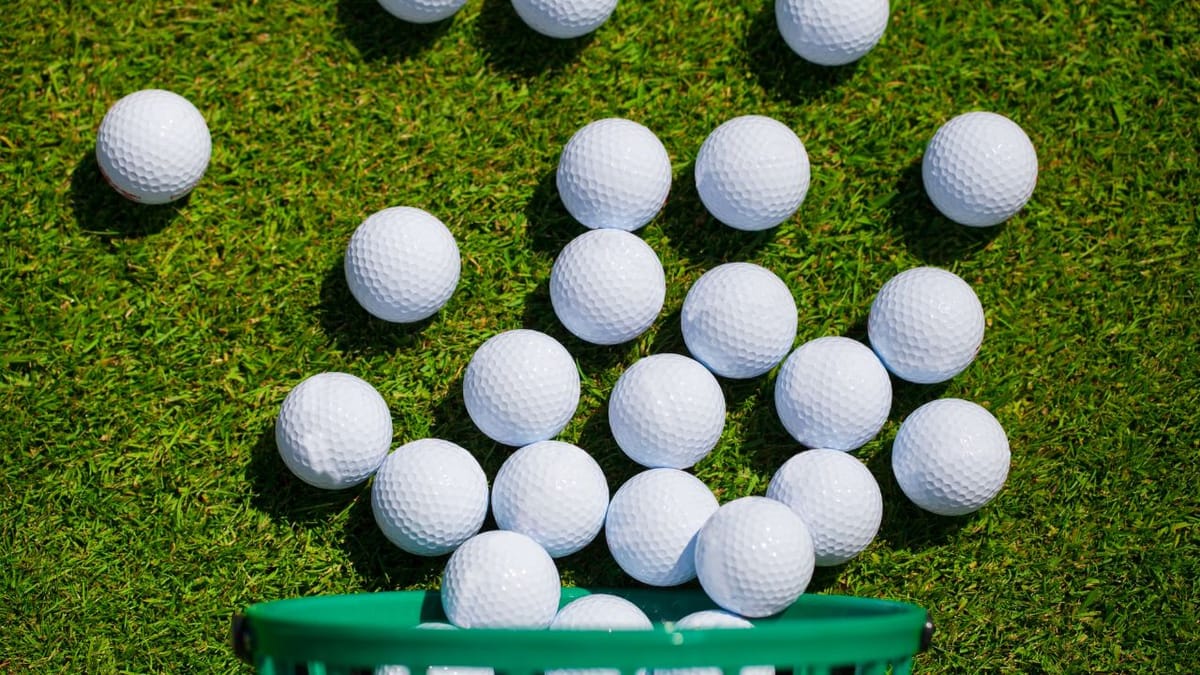
Customizing Golf Balls for Weather Conditions
Golf is not just a game of skill and equipment but also one of adaptation. Different weather conditions can significantly affect how a golf ball performs. For instance, in colder weather, a softest golf ball can provide a better feel as the materials tend to harden, and a softer ball compensates for the loss of compression. Conversely, in warmer conditions, a distance golf ball might be preferred as the heat can increase the ball's compression and, consequently, its distance.
When playing in wet conditions, a ball with more spin can be advantageous. The additional spin helps the ball cut through the moisture and maintain control. On the other hand, in windy conditions, a low spin ball might be the best choice as it reduces the wind's impact on the ball's trajectory. Golfers should consider these environmental factors when selecting a ball, whether they are an average golfer or aiming for tour-level performance.
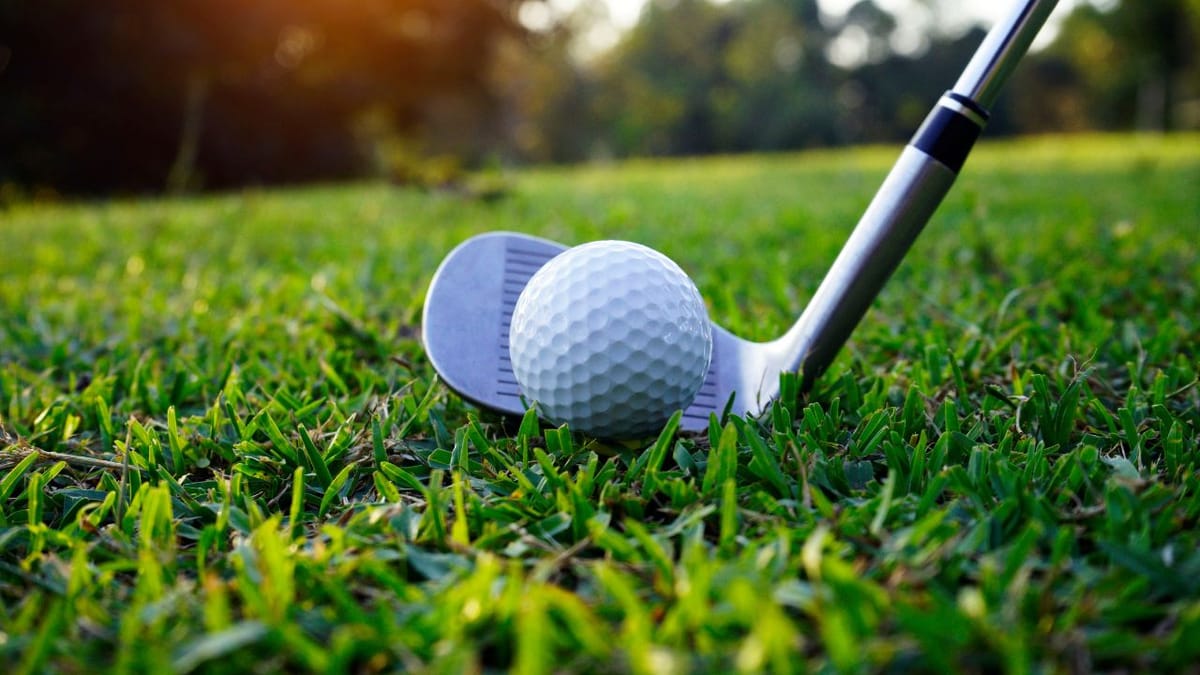
The Advantages of Two Piece Golf Balls
Two piece golf balls are designed with simplicity and durability in mind, making them an excellent choice for golfers looking to improve their game without breaking the bank. The construction of a two-piece golf ball typically involves a solid rubber core surrounded by a sturdy cover that resists cuts and abrasions. This design promotes a longer distance, which can be particularly beneficial for players with a slower swing speed. The reduced spin of two piece golf balls also aids in achieving straighter shots, helping golfers to navigate the fairways with greater accuracy.
Moreover, the best ball for amateur golfers is often a two-piece design due to its all-around performance and cost-effectiveness. These balls are less complex than multi-layered counterparts, making them more suitable for the average player who does not require the nuanced control of higher spin balls. Golfers will find that two piece golf balls offer a consistent feel and reliable performance, which can be especially advantageous on a golf course where unpredictable variables such as wind and terrain come into play. The Titleist Pro V1, while not a two-piece ball, sets a benchmark in quality that two-piece balls strive to match in their category.
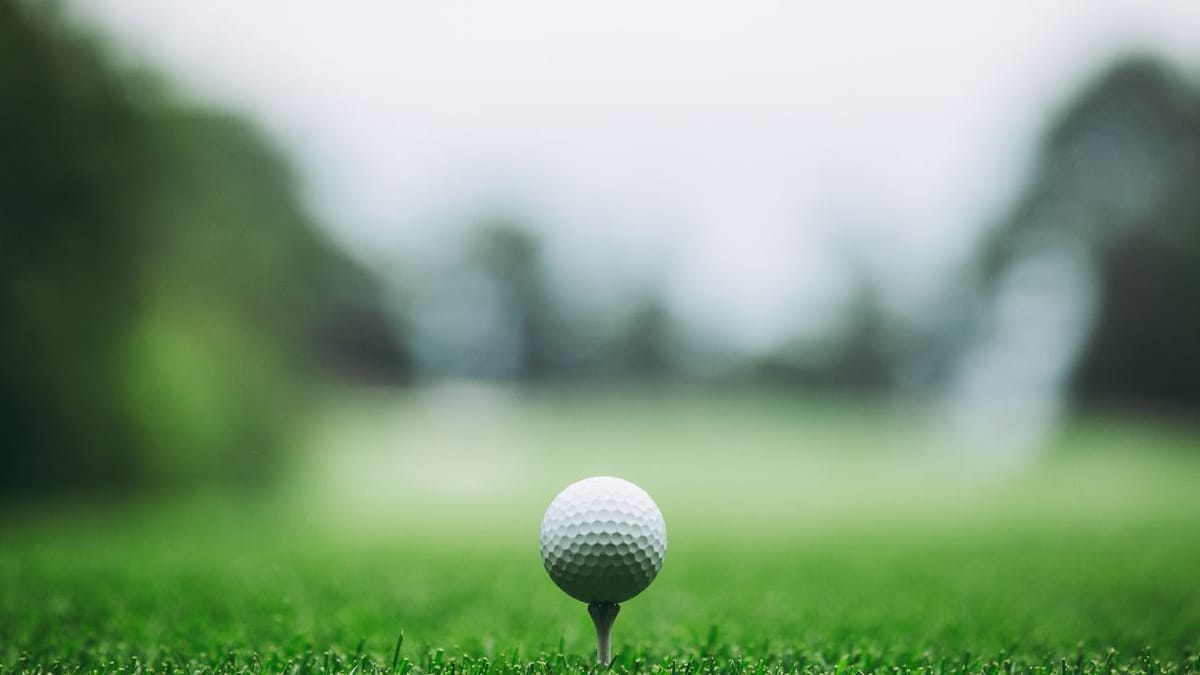
The Role of Compression in Golf Ball Performance
Compression is a critical factor in the performance of a golf ball, influencing both distance and feel. A golf ball's compression rating indicates how much it will deform under the impact of a golf club. Lower compression balls, typically around 70 or less, are softer and can be beneficial for players with lower swing speeds, as they can help to maximize distance. The Titleist Pro V1, for example, has a compression rating that balances distance with a soft feel, making it a popular choice among a wide range of golfers.
On the other hand, high compression golf balls, with ratings of 90 or above, are favored by players with faster swing speeds who can compress the ball more effectively. These balls offer less deformation, resulting in more energy transfer and potentially greater distances. However, they may also provide less control for players who cannot achieve the high swing speeds necessary to take full advantage of the ball's design. The choice between high and low compression balls ultimately depends on the golfer's individual swing characteristics and preferences.
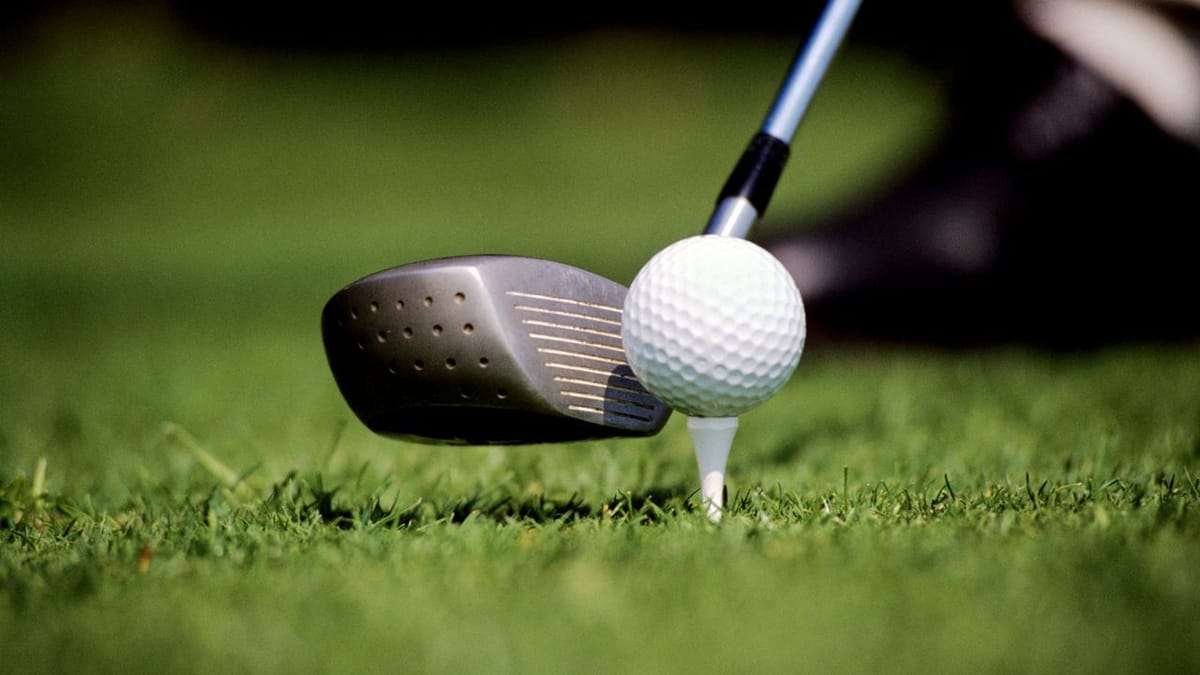
Innovations in Two-Piece Golf Ball Design
Two piece golf balls have revolutionized the market by offering a balance of distance and durability at a more affordable price point. The construction of a two-piece golf ball involves a large, solid rubber core surrounded by a durable, ionomer cover. This design is engineered to reduce spin and increase distance, making it an excellent choice for beginners and high-handicap golfers. The advancements in two-piece technology have allowed manufacturers to fine-tune the performance characteristics to suit different playing styles.
The Titleist Pro V1 is often compared to two piece golf balls, despite being a multi-layer ball, because it sets a benchmark in overall performance. However, for golfers looking for a more cost-effective alternative without sacrificing too much on the course, modern two piece golf balls offer a compelling option. They are particularly well-suited for players seeking straighter flight and longer drives, and the ongoing innovations in this category suggest that two piece golf balls will continue to improve and gain popularity among a broad spectrum of players.
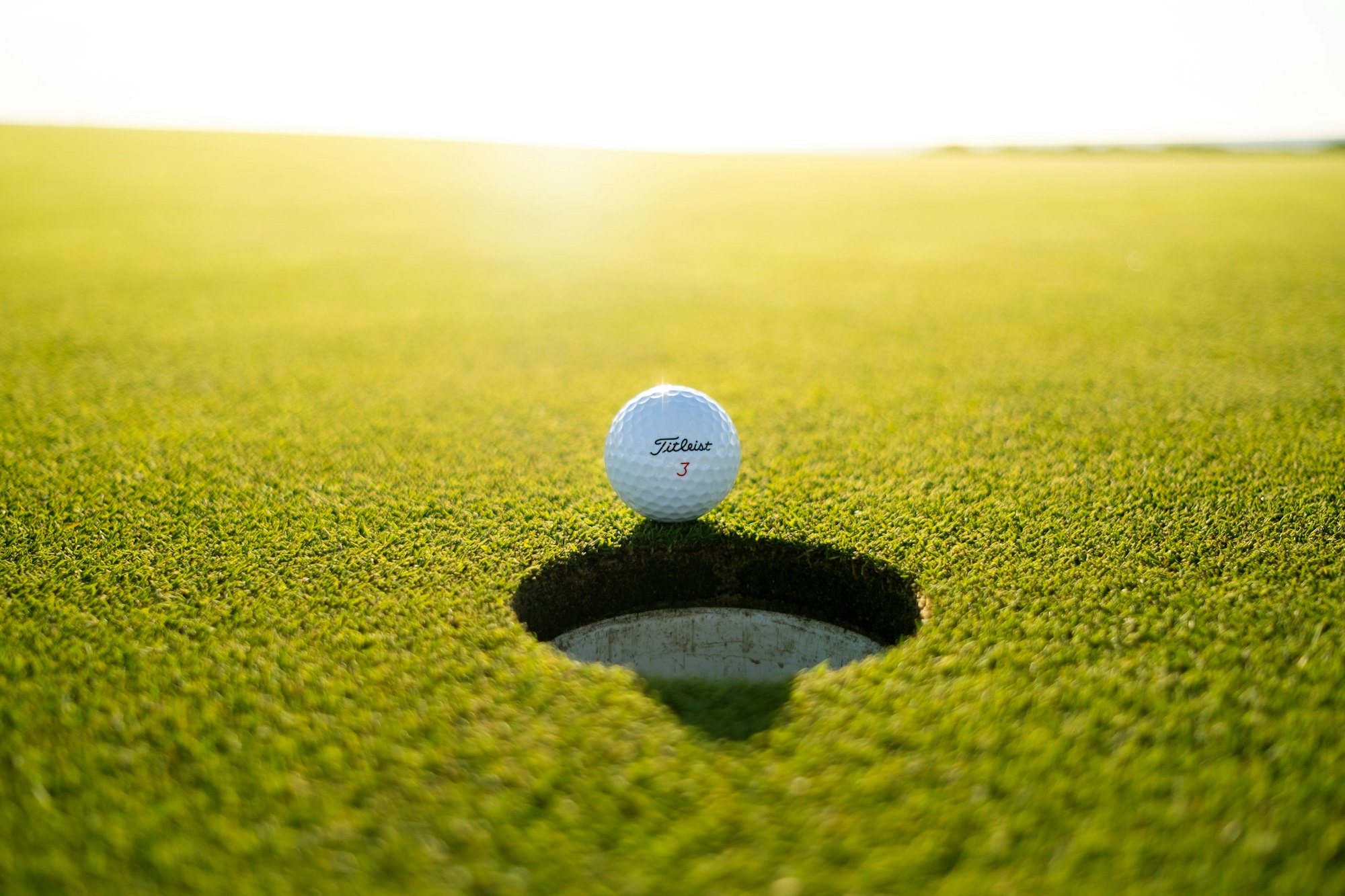
Tailoring Golf Balls for Low Swing Speed Players
Golfers with a low swing speed often face challenges in maximizing their distance and achieving the desired ball flight. To address this, manufacturers have developed golf balls that cater specifically to a player with a slower swing speed. These balls are typically designed with lower compression cores, which allow the ball to compress more easily upon impact, resulting in greater energy transfer and, consequently, more distance. The best ball for someone with a low swing speed is one that complements their natural playing style while offering the forgiveness needed to improve their game.
In addition to the core design, the dimple pattern and cover material of the golf ball can also influence performance for those with a lower swing speed. A ball with a softer cover and optimized aerodynamics can lead to lower spin rates, which helps to reduce hooks and slices, resulting in straighter shots. The Titleist Pro V1, for example, is a premium golf ball that, despite being targeted at higher swing speeds, has variations in its lineup that accommodate lower swing speed players as well. By selecting the right golf ball, players with a slower swing can enjoy an enhanced golfing experience, leading to better scores and more enjoyment on the course.
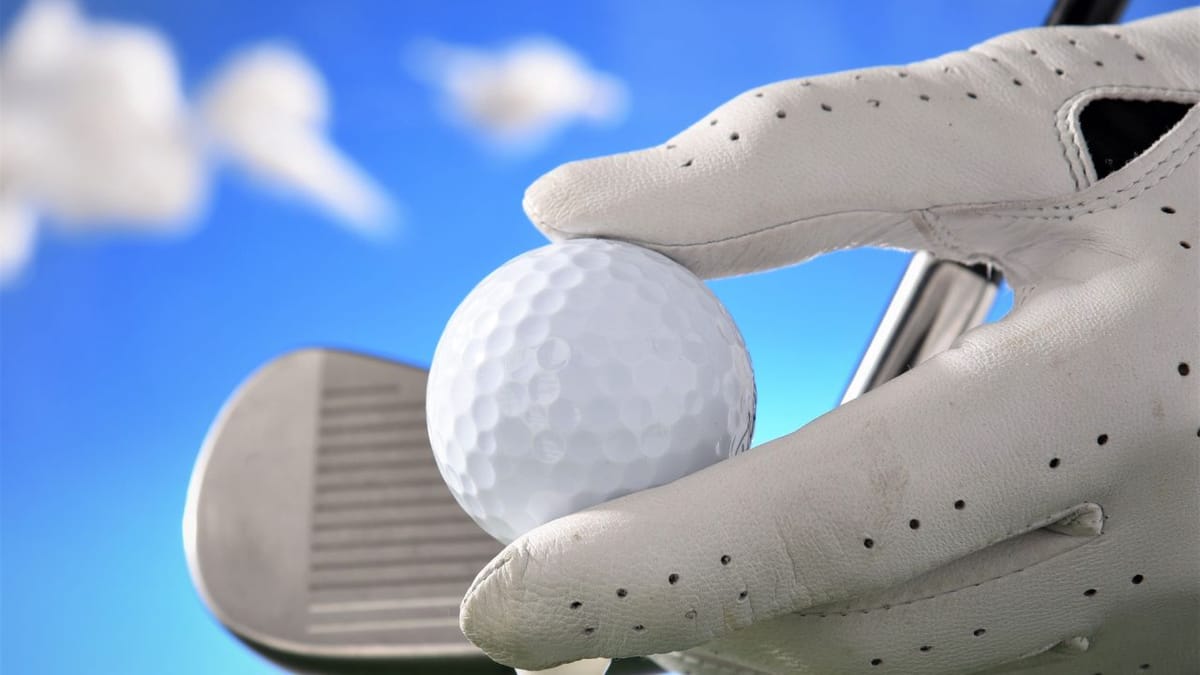
Golf Ball Fitting: Tailoring to Player's Needs
Golf ball fitting is becoming increasingly popular as players recognize the benefits of using a ball tailored to their specific game. For those with slower swing speeds, typically seniors or beginners, a two-piece golf ball designed for low swing speeds can enhance their play by promoting greater distance. These balls are engineered to have a lower compression, allowing them to be compressed more easily upon impact, resulting in the ball flies farther.
Conversely, golfers with moderate swing speeds might find a multi-layer premium golf ball like the Titleist Pro V1 to be more suitable. These softer balls offer a soft feel around the greens while still providing enough distance off the tee. The key is to match the ball's characteristics with the player's abilities. Whether it's a good ball for a weekend player or a tour ball for a competitive athlete, the right fit can make a significant difference in performance on the golf courses.
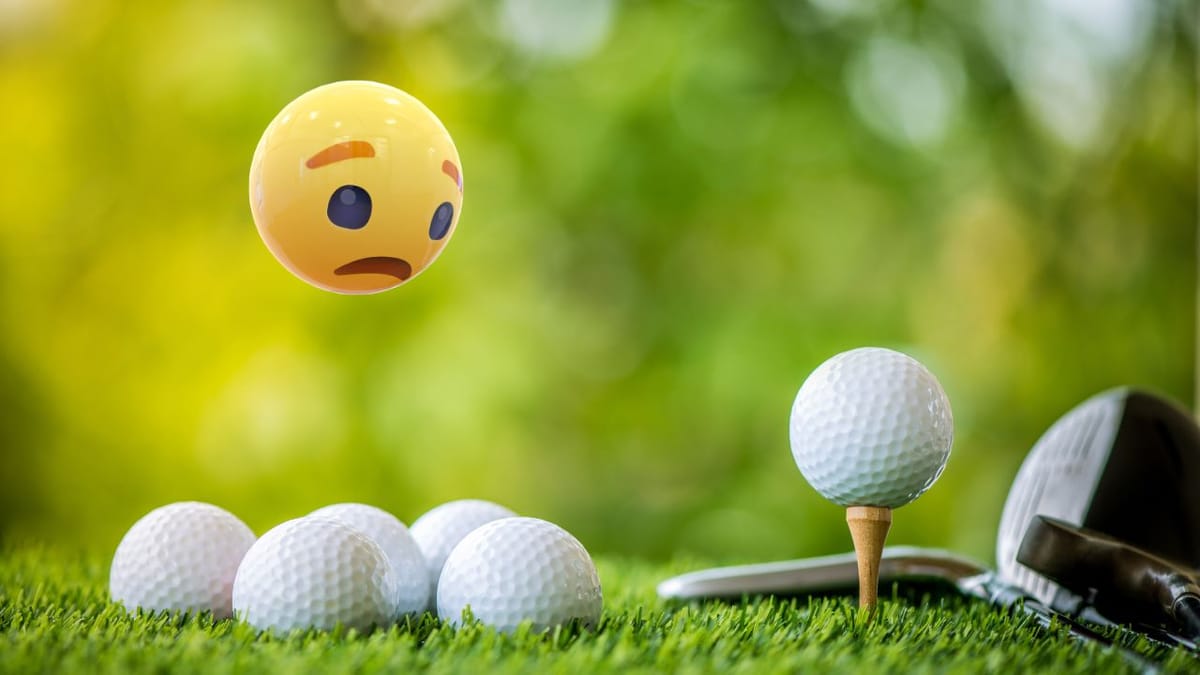
Tour-Level Performance: The Premium Golf Balls
For the serious golfer seeking tour-level performance, premium golf balls like the Titleist Pro V1 offer the best in class for distance, spin, and feel. These tour balls are the choice of professionals and low-handicap amateurs alike, providing the ultimate in performance with features like a high flex casing layer for lower driver spin and a urethane cover for exceptional feel.
Golf Ball Testing: Empirical Evidence
Testing golf balls is a critical step in determining which ball is best suited for an individual's game. Many golfers conduct their own testing by purchasing a dozen golf balls of various models and observing how each golf ball performs under different conditions. This empirical approach allows players to assess factors such as ball flight, distance off the tee, and short game spin.
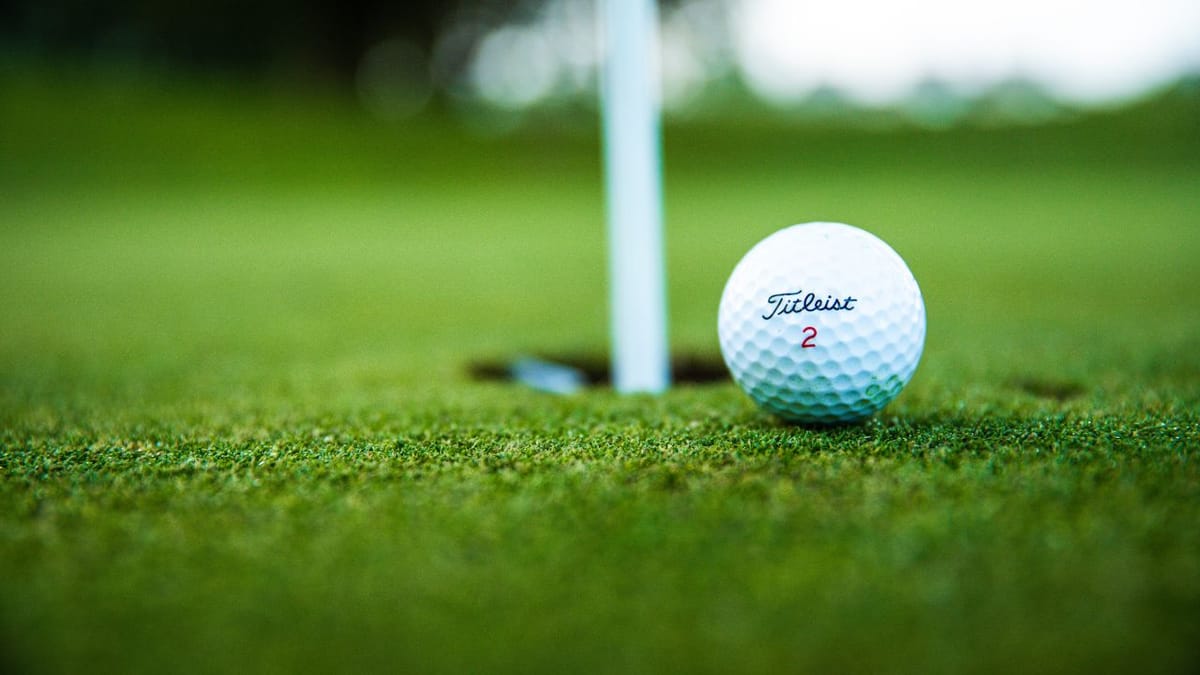
The Influence of Golf Equipment
The interplay between golf ball and golf equipment cannot be overlooked. The synergy between the ball and golf clubs can significantly impact performance. For instance, certain balls are designed to work in tandem with specific club technologies, enhancing the overall effectiveness of the equipment.
Golf Ball Selection: A Personal Choice
Ultimately, the best golf ball is a personal choice that depends on a golfer's individual needs and preferences. Factors such as feel, distance, spin, and durability all play a role in this decision. Whether it's a soft ball for a better feel or a firmer ball for more distance, the selection process is as unique as the golfer's swing.

The Best Golf Balls on the Market
The market is replete with options that cater to every type of golfer. Models like the Mizuno RB Tour and Bridgestone Tour series offer a blend of distance and spin control, while the Callaway Supersoft remains a favorite among those seeking a soft ball with good distance. For those looking for a premium ball with exceptional performance, the Titleist Pro V1 remains the gold standard.
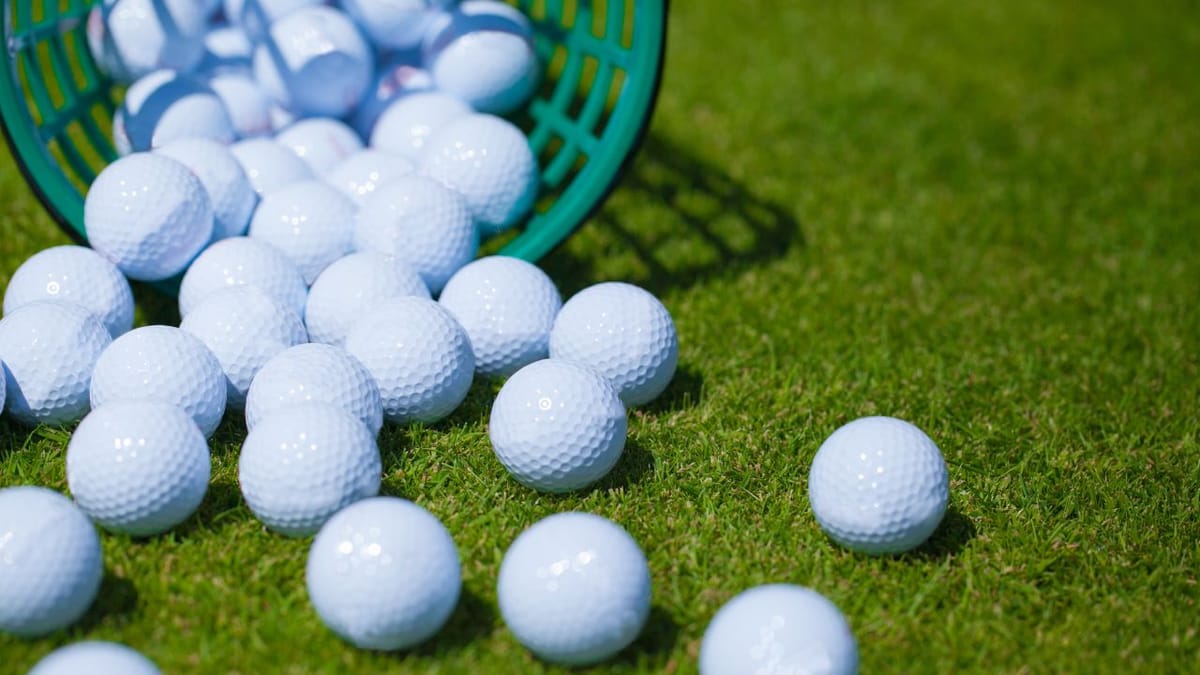
Golf Ball Evolution: The Future of Golf
The evolution of golf balls continues to push the boundaries of technology and performance. With advancements in materials and design, the future of golf balls promises even greater customization and optimization for players of all levels. As the game evolves, so too will the quest for the best golf ball.
Summary
In the pursuit of the best golf ball, golfers must consider a multitude of factors, including construction, materials, swing speed, and personal preferences. From distance golf balls that offer solid distance to soft golf balls that provide exceptional feel, the market offers a diverse range of options to suit every player. The perfect golf ball is one that complements an individual's game, enhancing their strengths and mitigating their weaknesses. Through testing and personal experience, golfers can find the ball that best aligns with their playing style and goals.

FAQ Section
How do I know which golf ball is right for my swing speed?
Golfers with higher swing speeds typically benefit from firmer, high compression balls, while those with slower swing speeds may find better performance with softer, low compression balls. It's important to test different balls to see which provides the best distance and feel for your swing.
Can the type of golf ball I use really make a difference in my game?
Absolutely. The right golf ball can improve your distance off the tee, control around the greens, and overall feel during play. Each aspect of the ball's construction – from the core to the cover – can influence how it performs with your individual swing.
Is it worth investing in premium golf balls?
For serious golfers looking to optimize every aspect of their game, premium golf balls can offer the best performance in terms of distance, spin, and feel. However, the benefits must be weighed against the cost, and some players may find that mid-range balls offer a good balance of performance and value.
Other Related Articles
